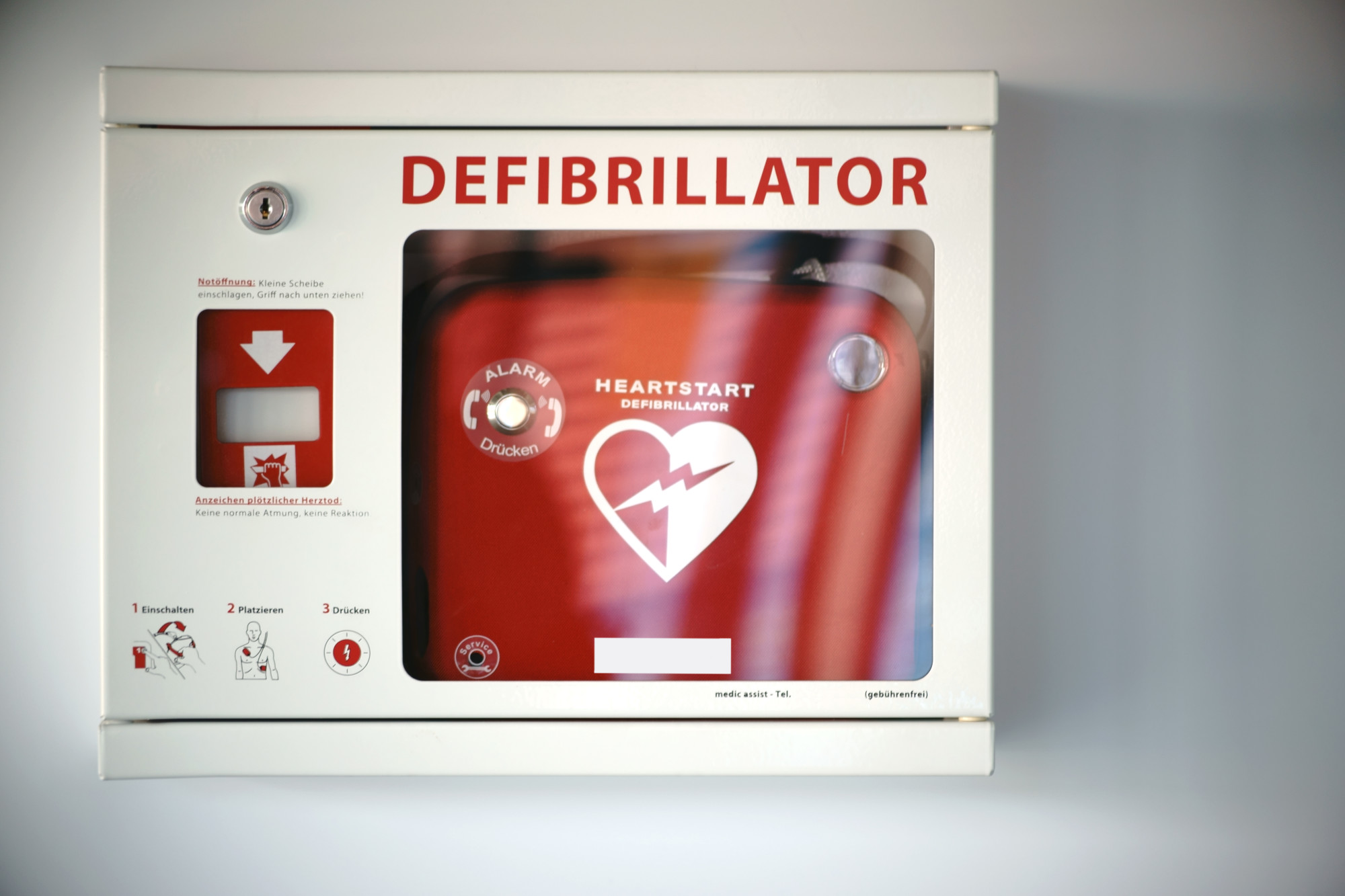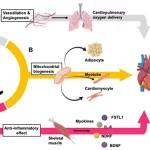Did you know that each year, there are more than 356,000 out-of-hospital cardiac arrests in the United States? This makes heart attacks among the top causes of deaths in the country.
There are preventive measures that can even triple a patient’s chances of survival. Among these measures are CPR (or Cardiopulmonary Resuscitation) and the use of AEDs (or Automated External Defibrillator).
AEDs can give the patient a window to survival while calling for medical assistance. It operates by delivering a therapeutic electric shock to the victim’s heart. These devices are usually found on the walls of public venues and corporations all over the country.
Here are some tips on how to use a defibrillator in an effective manner during such emergencies.
Table of Contents
1. Assess Patient for Cardiac Arrest
Heart attacks can strike from anywhere, not even giving you a chance to choose a doctor to help you.
Before we go to the instructions on how to use an AED, check the victim first. You need to assess and confirm that the emergency episode taking place is that of cardiac arrest.
Check if the victim is unable to respond. Aside from this, check their breathing and pulse.
First, make sure that the airway is open before checking. You can do this by tilting back the head and lifting up the chin. Then remove any object obstructing the airway when you see one.
After which, lean in closely and listen for breathing. Check if the chest is rising or falling.
Once you have checked their breathing, feel their pulse and look at the person for visible signs of circulatory issues. This includes a change in color, sweating, and a lower level of consciousness.
2. Call for Emergency Assistance
Once you have done that, either you or any of your companions should call for emergency services.
In the event that you are alone, call 911 first before initiating any preventive measures. This ensures that you have help arriving while you make attempts in addressing the situation.
3. Administer CPR
At this point, administering CPR is one of the key measures for treating cardiac arrest victims. Have your companions call for help and also fetch an AED. If you don’t know which AED to keep close by, you can learn more here.
Meanwhile, you administer this maneuver as you wait.
First, give 30 chest compressions. After doing so, give two rescue breaths and then repeat the 30 compressions.
You will need to keep going with this process and have it at a pace of 100 compressions per minute. Make sure you don’t go over 125 compressions, as much as possible.
Ensure that there are no interruptions when administering CPR. Once the AED arrives, prepare the patient and proceed to use it.
4. Prepare Patient for AED
Observe all possible precautions to prevent any injuries on both you and the victim in need.
One of the first things to check is to make sure the patient is dry. If they are not, dry them off before proceeding. Otherwise, they might be in for serious injuries.
Also, prepare the chest area for the pads. Ensure that there is no obstruction for the pads to lay on, providing full coverage on the skin area.
This means removing the shirt to provide a clear area for the skin. Remove any metallic object present, like jewelry, as these conduct electricity. If the victim is a woman, you might also need to remove any bra that has an underwire in it.
Be wary of pacemakers and other devices as well.
If the victim is hairy, you will need to trim the hair using a razor. The AED may come with a razor for this purpose.
5. Turn on AED and Follow Prompts
Once ready, turn on the AED. It will provide a set of instructions that you can follow with ease. The AED will also include a diagram showcasing how to attach the cables from the pads into the machine.
Upon connecting the pads to the AED, follow the next set of prompts while you prepare the patient for the treatment.
6. Apply Pads on Patient
At this point, the AED voice prompt would provide instructions on how you should apply the pads. Remove the protective covering on the underside of the electrode pad. After which, stick the pad on the chest and let it cover as much skin as possible.
In applying, take note of the diagrams on each pad. These will specify which pad goes to whichever part of the patient’s torso.
You’ll have to place the pads on the upper right side of the victim’s chest and on the left side, a little below the heart.
When applying these pads, make sure that there is no fabric or any other object between the pad and the skin. Otherwise, the AED will malfunction.
The AED will initiate its assessment by checking the victim before initiating the shock.
7. Signal Others to Keep Clear
The AED would send out prompts that it will send in the charge to shock the patient. When this occurs, tell everyone nearby to stay clear of the patient.
Depending on the model of the AED, the shock is either administered by the device or it would need manual input. If it is the latter, you will need to press the Shock button on the AED when prompted.
8. Continue CPR
After delivering the shock, you will need to continue to administer CPR. Do this for 2 minutes. After that, have the AED run its analysis on the patient again.
Continue with this process until emergency services arrive and take over. Also, stop when the victim can breathe again or if they regain consciousness.
The AED will also advise you to stop with administering CPR once 2 minutes elapsed.
Learn How to Use a Defibrillator Today!
By learning how to use a defibrillator, you now have the means to ensure a patient’s survival when cardiac arrest occurs. Never forget to call for emergency services for help before administering these measures.
Speaking of prolonging one’s life, you can also check out our other guides to learn more about health and longevity. We have a range of various articles that you can read, like this one about strength exercises for seniors.








